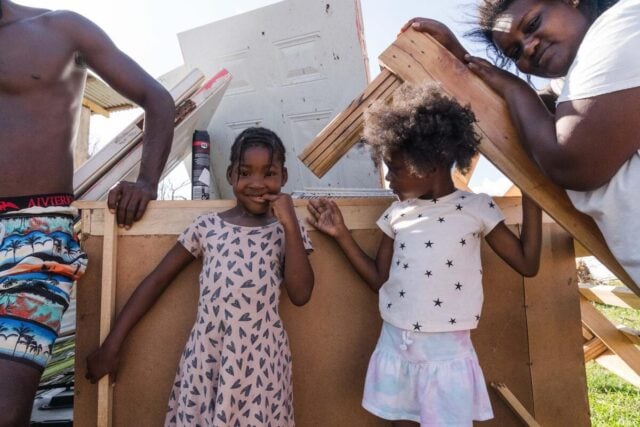Hurricane Melissa, one of the most powerful Atlantic storms on record, devastated the Caribbean in late October 2025. Making landfall in Jamaica on October 28, 2025, as a Category 5 hurricane, Melissa unleashed catastrophic winds and torrential rain, especially in Jamaica’s most vulnerable parishes. The storm destroyed homes, knocked out power and communications, and cut off access to rural communities.
Across the region, including the Dominican Republic and Haiti, Melissa triggered widespread flooding and deadly landslides. Millions of residents were displaced, and food and water insecurity surged, placing children at extreme risk. Relief efforts are underway to support families affected by Hurricane Melissa’s destruction.
Hurricane Melissa: Facts, FAQs, and how to help
- Fast Facts: Hurricane Melissa
- What’s the latest update on Hurricane Melissa?
- How did Hurricane Melissa affect the Caribbean?
- How is World Vision helping communities in Jamaica after Hurricane Melissa?
- What’s World Vision doing to support Haiti and the Dominican Republic?
- What challenges do children face after Hurricane Melissa?
- How can I help people affected by Hurricane Melissa and other disasters?
Fast Facts: Hurricane Melissa
- Formed on October 21, 2025, as the 13th named storm of the 2025 Atlantic hurricane season.
- Rapidly intensified into a Category 5 hurricane on October 27, 2025.
- Reached maximum sustained winds at 185 mph, with higher gusts, according to NOAA.
- Made landfall in Jamaica on October 28, 2025, causing catastrophic winds, torrential rains, and flooding.
- The storm affected millions across the Caribbean, including Cuba, Haiti, and the Dominican Republic.
-
At least 76 people confirmed died across the region: Haiti (43 deaths, including 10 children), Jamaica (32 deaths), and the Dominican Republic (1 death). Many others are missing.
- Affected an estimated 700,000 children across the Caribbean.
-
World Vision and partners are supporting impacted communities with emergency relief and recovery in Jamaica, Haiti, and the Dominican Republic.
You can deliver hope and help amid disasters.
What’s the latest update on Hurricane Melissa?
Hurricane Melissa struck the Caribbean as one of the strongest Atlantic storms on record. On November 3, 2025, the National Hurricane Center stopped tracking the storm, confirming that it had transitioned into a post-tropical cyclone and dissipated over the North Atlantic.
Efforts are now focused on search, rescue, and recovery in the impacted regions, including Jamaica, Haiti, the Dominican Republic, and Cuba.
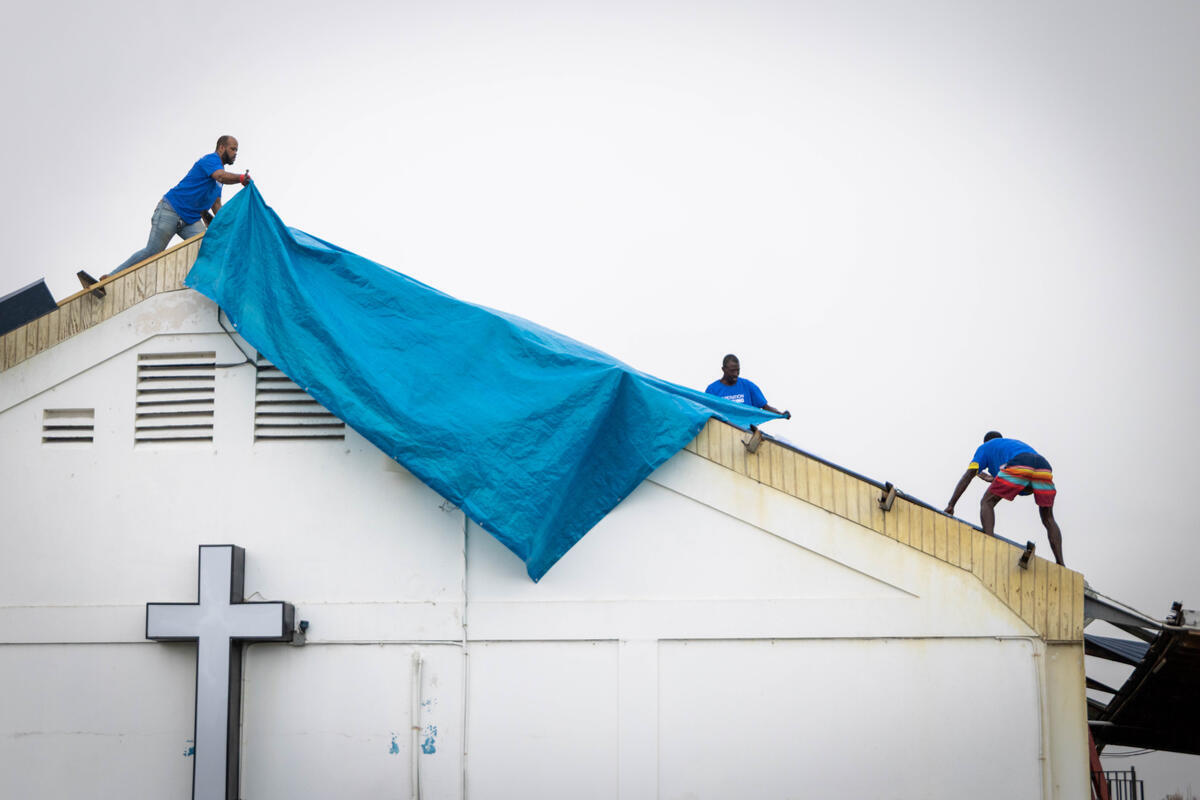
How did Hurricane Melissa affect the Caribbean?
Hurricane Melissa brought catastrophic destruction to the Caribbean, leaving millions displaced and communities isolated. Across the region, homes, schools, roads, and infrastructure were severely damaged, and access to clean water and food has become a critical concern.
Country-specific impacts:
Jamaica: Nearly half a million people remain without power in western parishes. Buildings, homes, schools, and roads are severely damaged, and communities remain cut off. The storm claimed at least 32 lives.
Haiti: At least 43 people, including 10 children, have died, and others are missing. Thousands of homes were flooded or destroyed. Over 1,700 people remain in emergency shelters. Flooding and landslides threaten food systems and public health in an already vulnerable country.
Dominican Republic: Heavy rains, flooding, and landslides have damaged homes and roads, displacing hundreds of people and creating urgent needs for safe drinking water and sanitation. Authorities reported one fatality.
Cuba: Hundreds of thousands were evacuated from eastern provinces ahead of the storm. Many people are returning, but power outages, blocked roads, and downed power lines and transformers continue.
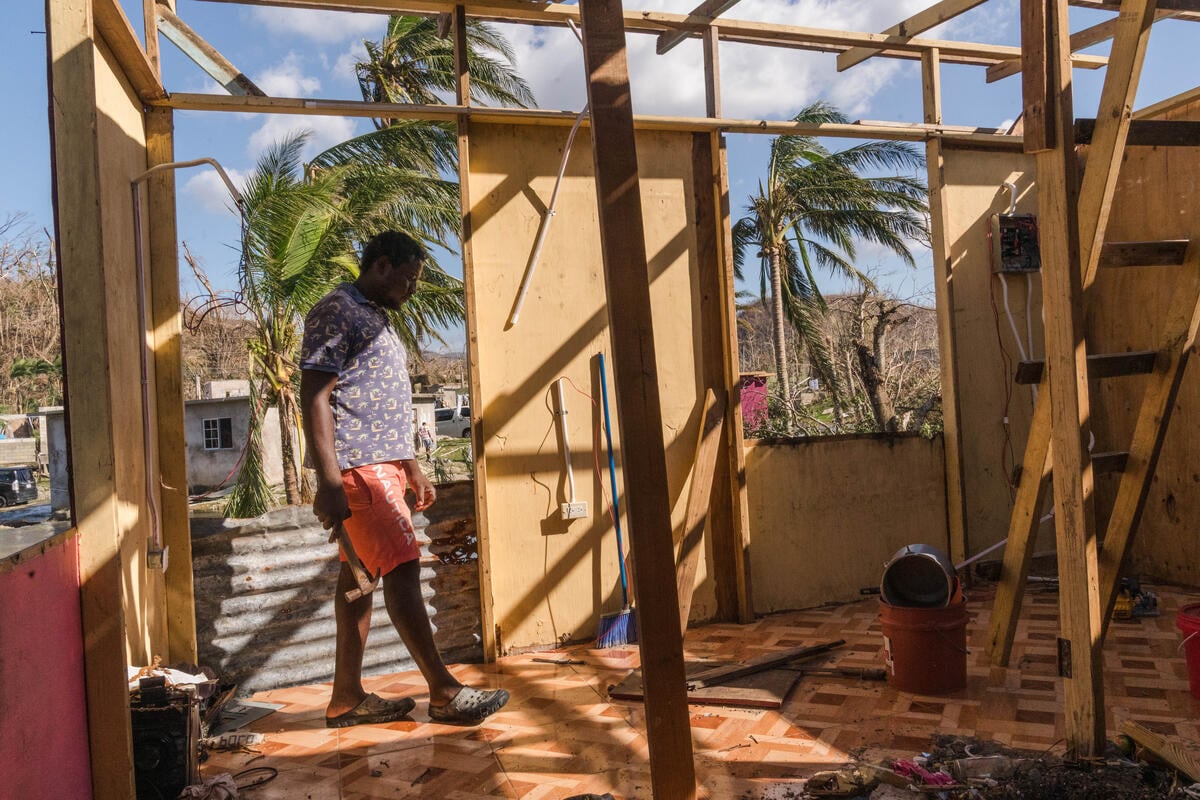
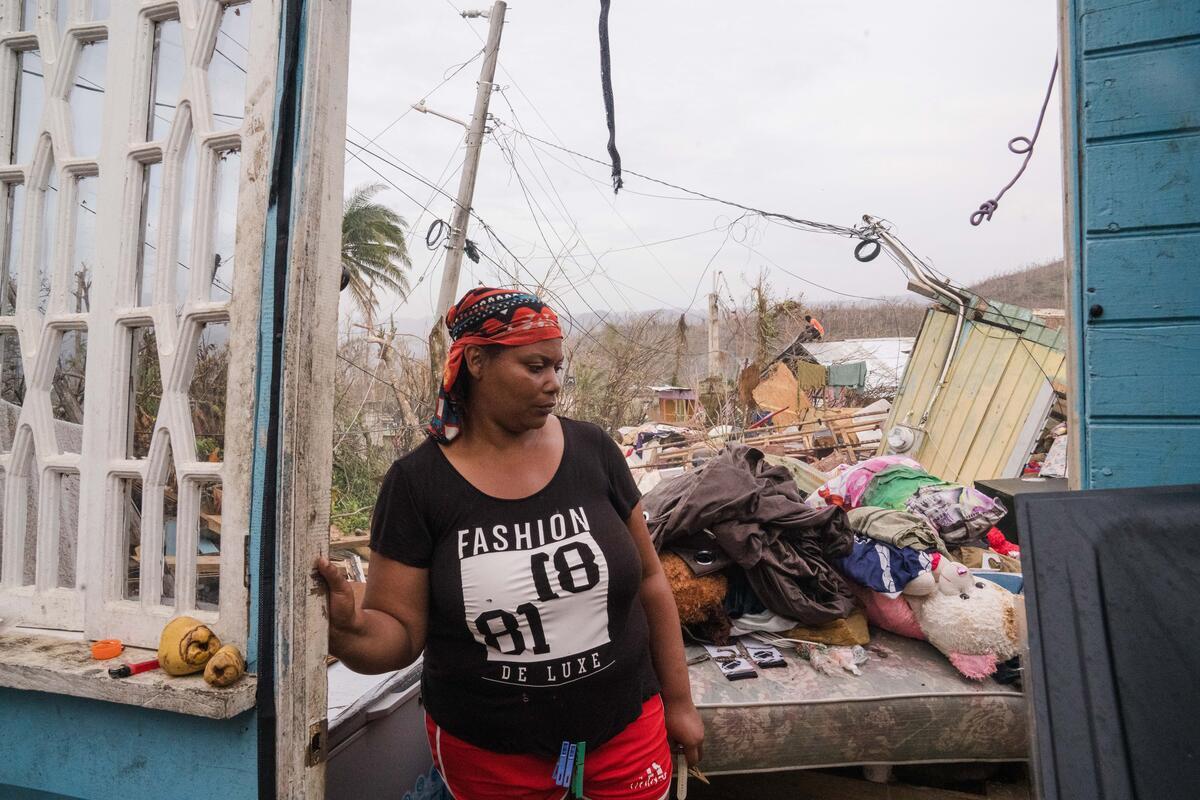

How is World Vision helping communities in Jamaica after Hurricane Melissa?
While World Vision doesn’t have ongoing operations in Jamaica, we are responding through church partnerships and early recovery programs in the hardest-hit western parishes.
Cut-off communities and downed communication lines have made it hard to reach families who need help most, says Mike Bassett, World Vision’s national director of domestic humanitarian and emergency affairs. “We’re working with partners to deliver supplies and reach families in the hardest-hit areas.”
Bassett, who traveled to the town of Santa Cruz in St. Elizabeth, Jamaica, shared with the Associated Press: “People are in shock and they’re waiting on relief. … The biggest needs are clean water, tarps for roof damage, canned proteins, hygiene, and cleaning supplies.”
Immediate efforts will focus on delivering essential items, including food, clean water, shelter kits, and other necessities.
In the first 30 days, World Vision and partners, including Send Relief, will:
- Distribute temporary shelter support to families whose homes are uninhabitable by providing tarpaulins and fastening kits for quick roof coverage and weatherproofing.
- Deliver 8,000 Crisis Relief Boxes, which will provide five days of food for approximately 40,000 people. We will also collaborate with local food producers to restore supply chains and support community markets.
- Ensure access to safe drinking water through two mobile water treatment systems, known as Water on Wheels Carts, for both emergency and long-term use. These units, along with bottled water and a disinfectant device, will be distributed to impacted communities.
-
Supply essential nonfood items, including hygiene kits, bedding, generators, storage containers, flood buckets, and cleaning supplies.
Calvary Baptist Church Pastor Michael Shim-Hue in Montego Bay, Jamaica, described the disaster: “The people lost everything — water, food, and their dignity. [Storm] water came in. No food, electricity. No water to drink. Nowhere to sleep. What happened to them happened to their neighbors. It’s heartbreaking.”
Through the destruction, he holds onto hope. “Thank you, World Vision, for your contributions. It will help,” he said. “Little is much when God is in it.”
What’s World Vision doing to support Haiti and the Dominican Republic?
In Haiti, where we have a strong presence, our disaster relief efforts are focusing on the most impacted communities, including Baradères, Petit Trou, and Anse-à-Veau, where 10,000 people urgently need aid. Also, boats are delivering emergency supplies to isolated areas, including:
- Hygiene kits with essential items to support health and sanitation
- Kitchen kits with basic supplies to ensure families can prepare meals
- Shelter kits with materials that support temporary housing and protection

Enize, a pregnant mother of seven, clings to her faith and family. “I thank God my children are alive,” says Enize (pictured above), surrounded by five of her children in Haiti.
As floodwaters from Hurricane Melissa surged through her home in late October 2025, Enize desperately held onto the youngest children, praying they’d survive the night. She recalled their terror: “When I got up, the house was already flooded. The children were crying, ‘Mom, Mom, we are drowning.’”
The storm swept away their home, their animals — including a mule, goats, and chickens — and destroyed their crops. Enize, her husband, Frandy, their children, and Enize’s brother are now sheltered at a neighbor’s house.
The neighboring Dominican Republic has also experienced devastating losses. In the Dominican Republic, we’re supporting children and families affected by the hurricane with emergency aid in San Cristóbal and Santo Domingo provinces.
Through these efforts, World Vision is working to ensure that children and families in Jamaica, Haiti, and the Dominican Republic can receive urgent assistance in the wake of Hurricane Melissa.

What challenges do children face after Hurricane Melissa?
Children are among the most vulnerable to Hurricane Melissa’s destruction. Displacement, unsafe shelter, disrupted schooling, malnutrition, and increased risk of waterborne illnesses and exploitation are immediate concerns.
In Haiti, pre-existing vulnerabilities were severe: nearly 5 million people — half of them children — are facing severe hunger and food insecurity. Hurricane Melissa further threatens public health and local food systems, creating compounding crises for children and families.
“Children and families in Haiti are facing compounding crises,” said Lesly Michaud, national program director in Haiti. “We are committed to standing with communities through this storm and beyond, ensuring they receive the support they need to recover and rebuild.”
World Vision warns that Hurricane Melissa could further devastate food systems and set back recovery efforts amid ongoing violence and displacement.
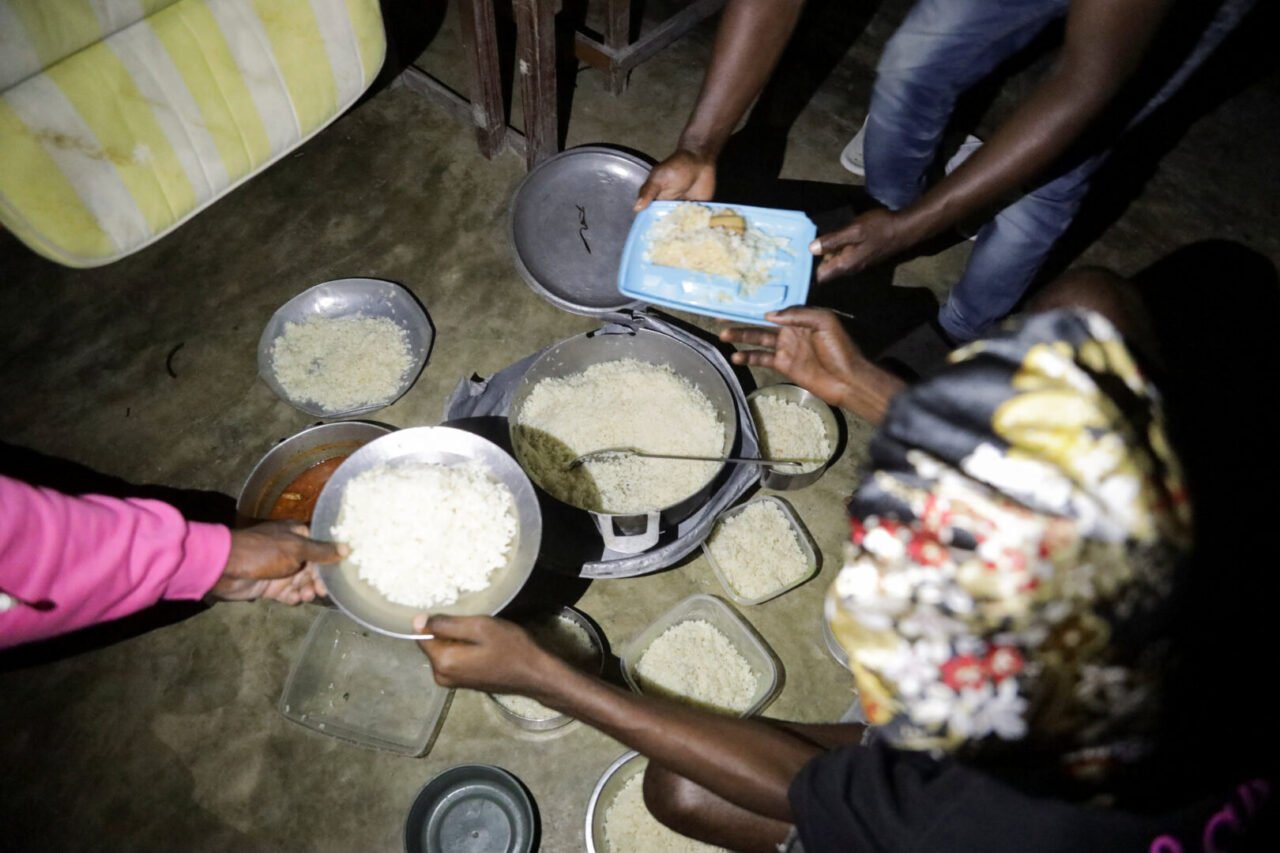
“Food insecurity has been plaguing Haiti for the past year or so, where more than half of the population is food insecure,” said Guy F. Vital-Herne, communications manager for World Vision in Haiti. “The impact that we are seeing so far of Hurricane Melissa is putting more pressure now on some populations, with many crops being destroyed right now.”
How can I help people affected by Hurricane Melissa and other disasters?
- Pray: Join us in praying for all those impacted by Hurricane Melissa and other disasters around the world.
- Give: Your gift will help deliver urgent aid to children and families impacted by this hurricane and other disasters around the world.
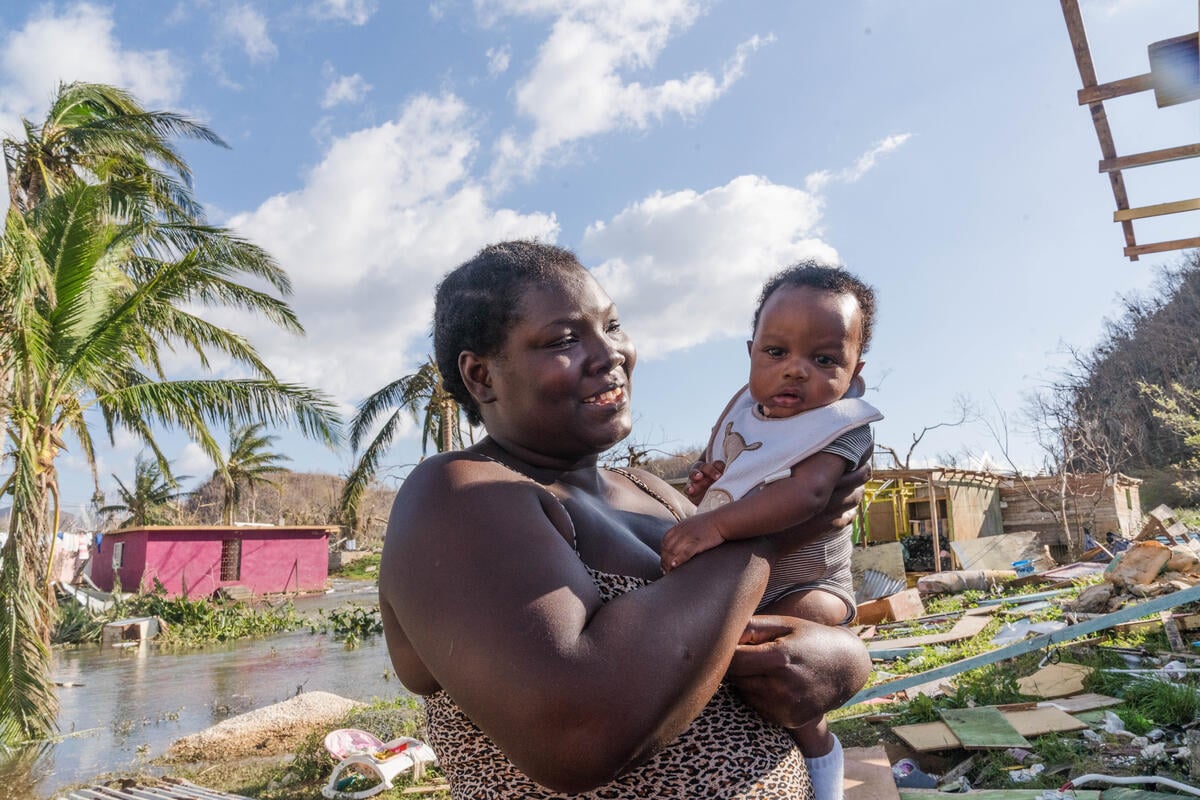
Amy Van Drunen of World Vision U.S. contributed to this article.

